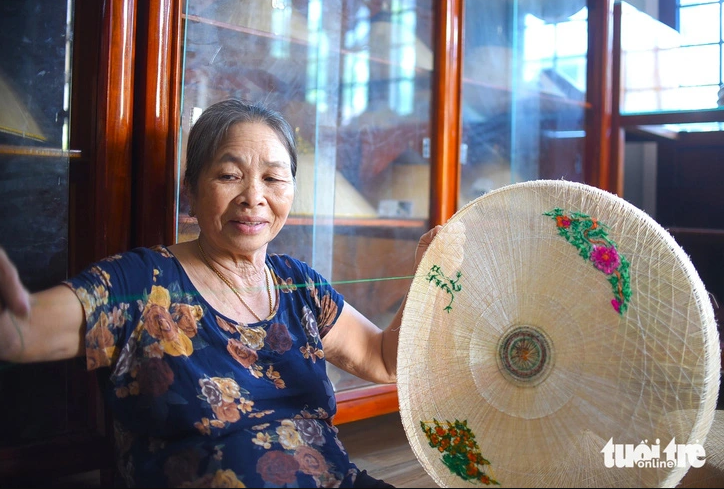The Vietnamese Ministry of Culture, Sports, and Tourism has acknowledged traditional conical hat-tying in Phu Cat District, Binh Dinh Province as national intangible cultural heritage.
Phu Gia Conical Hat-Tying Village in Cat Tuong Comune played a key role in the craft’s recognition, according to Ta Xuan Chanh, director of the provincial Department of Culture and Sports.
This process of making a conical hat means that a craftsman puts leaves on the side of the cone and then uses a string and a sewing needle to make the hat into a pyramid.
“Binh Dinh residents are proud of the prevalence of conical hats across the country," he shared.
“In terms of history, conical hats were worn by soldiers during the reign of Emperor Quang Trung between 1788 and 1792.”
Having overcome its ups and downs for several centuries, traditional conical hats are now used mostly to protect people from rain and sunlight.
“Conical hats represent the culture of Binh Dinh Province,” Chanh said.
“The provincial department will collaborate with other agencies to map out a plan to preserve and promote the value of the conical hat-tying in Phu Gia Village.
“The craft is a cultural resource that is expected to boost the province’s tourism."
Nguyen Thi Tam, a 73-year-old villager, said that she has been tying conical hats since she was a child.
Despite the time, effort, and attention to detail needed to tie a conical hat, the craft generates very low profits.
“We are enormously happy to see the conical hat-tying craft in Phu Gia Village recognized as national intangible cultural heritage,” Tam expressed her emotion.
According to Tam, younger generations are less interested in tying conical hats.
“I hope local authorities will work to preserve the craft,” she said.
Phu Gia Conical Hat Village, which is over 300 years old, is home to 120 conical hat-tying households.
Like us on Facebook or follow us on Twitter to get the latest news about Vietnam!




















































